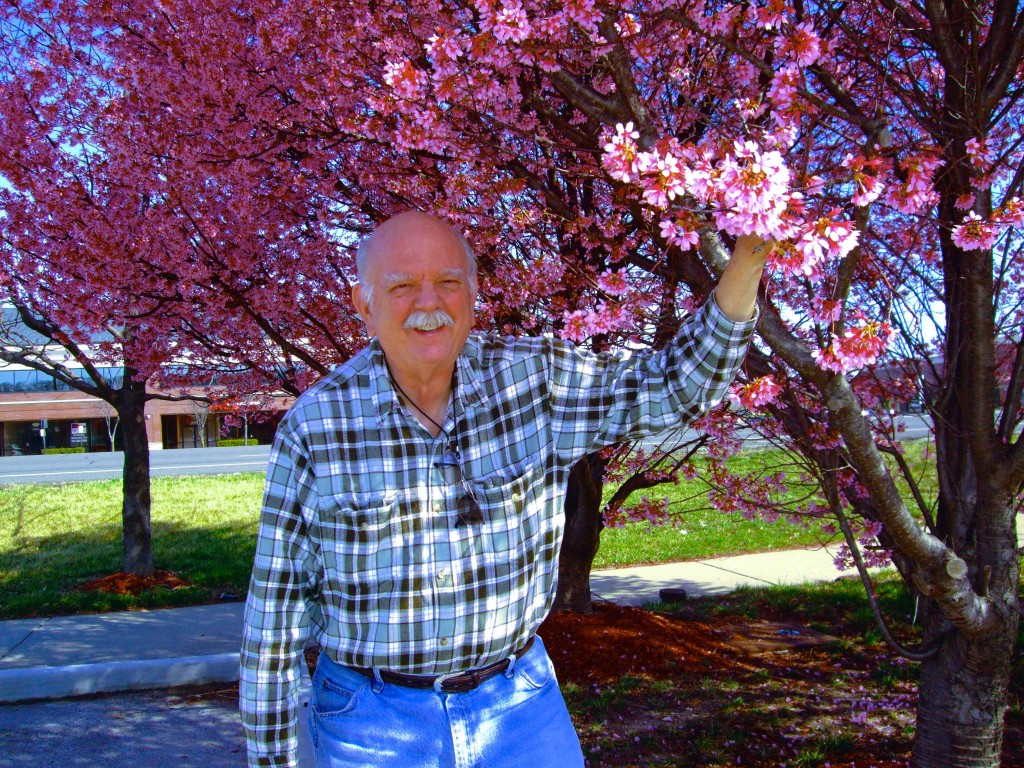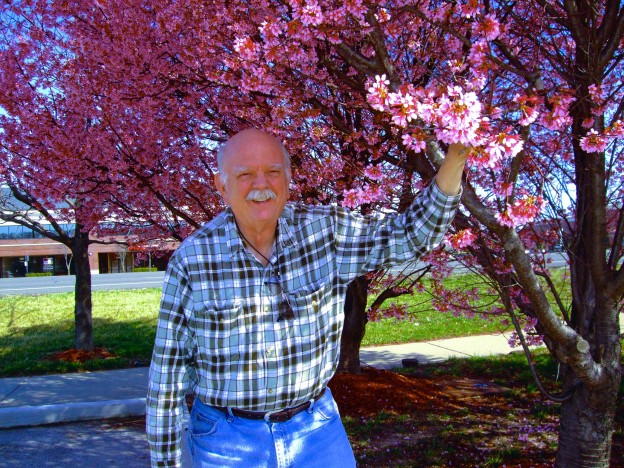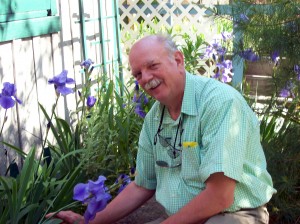On the increase in horticulture is the production of locally grown vegetables. Eating fresh fruits and vegetables are the best thing for your health, no chemicals, and grown to ripeness that can easily be digested in your body. Another trend is to grow and donate those that need the food the most. A production schedule can be made that will not only produce food on a weekly basis but will also have reserves that can be donated to those that need a better diet. The Bible saws that 10% of the crop should be left for the poor.
Many gardens are started with good intentions, a few become very productive but many withers due to countless issues. This is an opportunity to get fresh fruits and vegetables on a weekly basis. The growing season is between 180 and 188 days, vegetable will provided on a weekly basis as they mature. The season can be increased early or late by many methods.
Vegetables that can be grown are beans, peas, summer squash, winter squash, beets, kale, brussels sprouts, tomatoes, peppers, onions, garlic, lettuce, spinach, okra, eggplant, radishes, white potatoes, sweet potatoes. There are also other plants that be grown to season and flavor the main crops (herbs of many aromas).
Always try something new, it also helps fill in gaps and it may add something new to your diet.
KW © 2021



